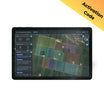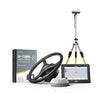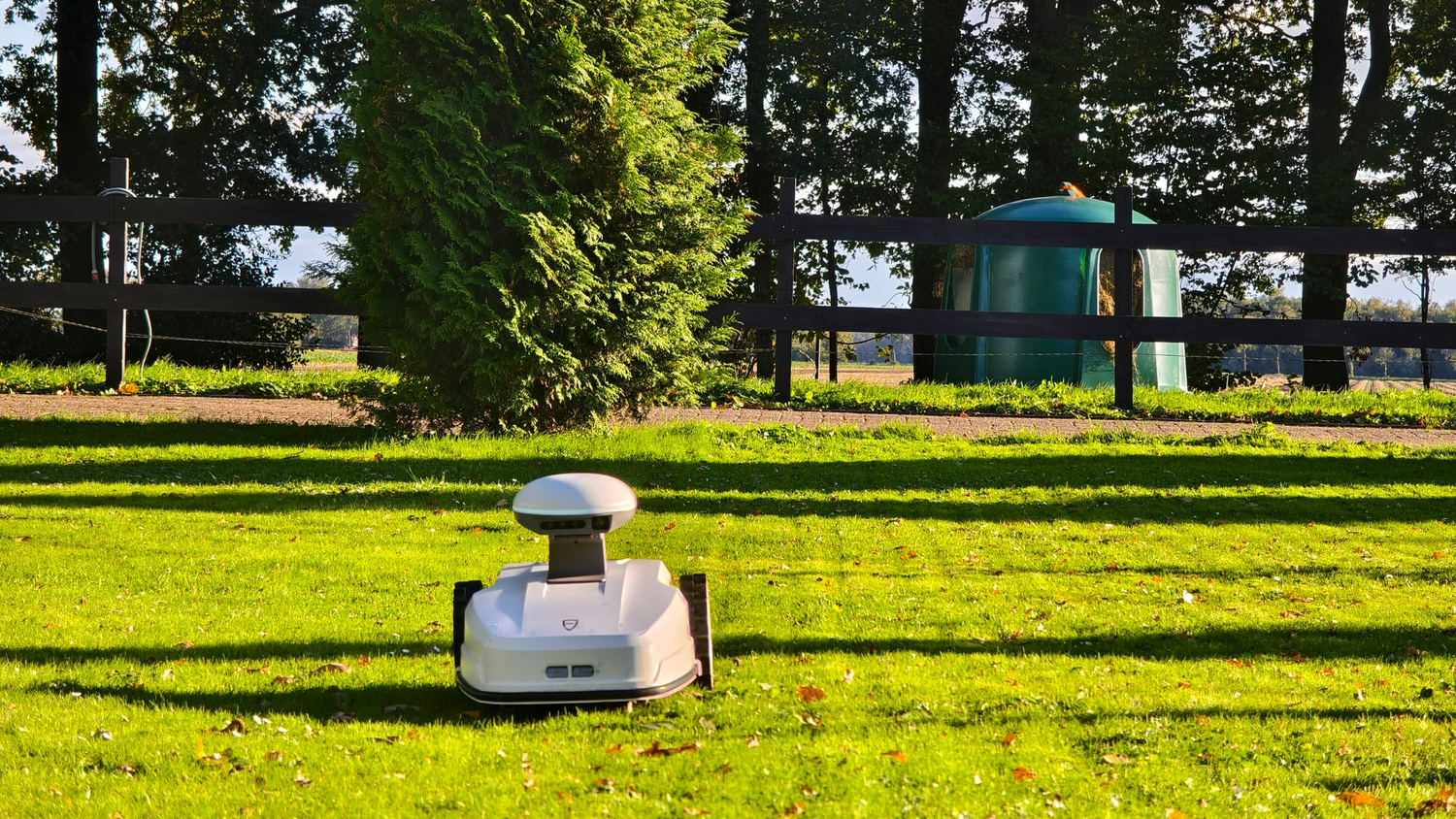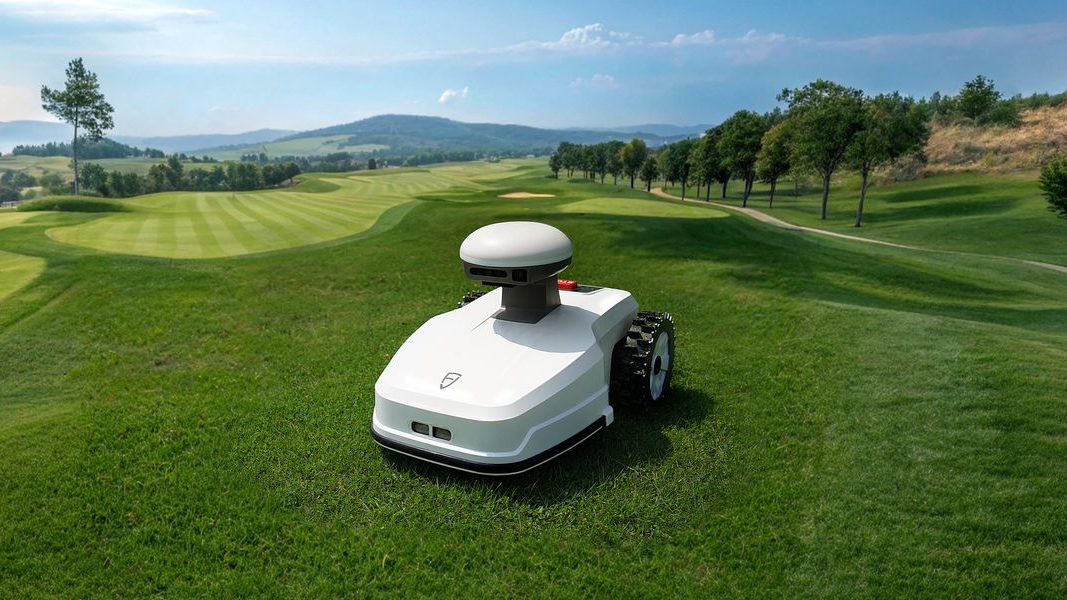How Robotic Lawn Mowers Know Where to Mow
Maintaining a perfect green lawn used to mean hours of pushing a heavy mower under the summer sun. Today, the rise of the robotic lawn mower has completely changed that. These smart, quiet machines take care of your lawn automatically — but how exactly do they know where to mow?
From Boundary Wires to Smart Navigation
The earliest robot lawn mowers relied on perimeter wires to define mowing areas. A cable laid around the yard sent signals that the mower used to stay inside the boundary. Reliable but time-consuming to install, moving these wires later was inconvenient.
Modern wire-free robot lawn mowers use GPS, RTK, or LiDAR to map your garden virtually. Instead of physical wires, you mark borders in an app, creating a digital fence. It’s faster to set up and ideal for homeowners who frequently redesign their yards, though these models usually cost more.
Sensors and Algorithms at Work
A robotic lawn mower knows where to mow thanks to a network of sensors and smart navigation algorithms:
- Boundary sensors detect lawn edges.
- Obstacle sensors and bumpers change direction when encountering trees, pets, or toys.
- Gyroscopes and accelerometers measure slopes and turns.
- GPS or RTK modules locate positions within centimeters.
- LiDAR or camera vision enables advanced mapping and object recognition.
Combined with AI, these systems help robotic mowers handle complex gardens with minimal supervision.
Setting Up a Robot Lawn Mower
Installation is simple. Choose a charging station near power, define mowing zones, and use the app to map your yard. You can set schedules, adjust cutting height, and control the mower remotely. Many users prefer a robot lawn mower with app or robot lawn mower with remote control for easy customization.
Managing Multiple Zones
If your yard is divided into sections, select a mower that supports multiple zones. It will automatically handle each area on schedule without manual supervision.
Handling Slopes, Uneven Ground, and Complex Lawns
Lawns with slopes or uneven terrain require specialized models. Look for robot lawn mower slope or robot lawn mower steep hill specifications. High-end models can climb inclines up to 30–65%, making them suitable for challenging terrain.
For large properties, choose a robot mower for large lawn. Smaller yards can use compact, energy-efficient models that mulch clippings into fertilizer for greener grass.
Safety, Weather Resistance, and Theft Protection
Safety is built-in. Blades stop immediately when lifted or tilted, and ultrasonic sensors slow the mower before impact. Weather-resistant robot lawn mowers can handle light rain, but heavy weather requires docking.
To prevent theft, many models include GPS tracking, PIN locks, and alarms — letting you locate your mower if it’s stolen.
Comparing Prices and Features
Prices range from entry-level to advanced LiDAR-equipped models. When comparing, consider:
- Lawn size coverage
- Battery capacity and charge time
- Cutting width and height adjustment
- Smart features like mapping, app control, and scheduling
- After-sales service and spare parts
Explore models at shop.fjdynamics.com to find one that fits your lawn and budget.
Day-to-Day Operation
Once set up, the mower runs quietly and automatically. It follows its schedule, trims evenly, avoids obstacles, and returns to charge. Because it cuts a little every day, your lawn always looks freshly maintained — without the noise or effort of a traditional mower.
Maintenance and Service
Maintenance is minimal: clean blades and wheels, remove debris, and replace blades every few months. Before winter, store the mower indoors and recharge occasionally to protect the battery. Look for models offering reliable robot lawn mower service or easy spare part support.
Real-World Scenarios
Flat backyards suit most models — even a used robot lawn mower can handle simple lawns. Complex gardens, however, benefit from advanced LiDAR or camera-based systems that recognize flowerbeds and avoid obstacles. Wire-free mowers can maintain both front and rear yards without manual reconfiguration.
Trends Shaping the Future
The future of smart lawn mower robots includes integration with voice assistants, weather-based automation, and better AI perception. RTK-based robot lawn mower models already achieve centimeter-level accuracy for perfect stripes.
Manufacturers are improving sustainability with longer battery life, quieter operation, and recyclable materials. As technology advances, 2025 robot lawn mower models will become more affordable and accessible.
Why Homeowners Love Robotic Mowers
Time and convenience are key benefits. Once programmed, a robotic mower keeps your lawn perfectly trimmed with minimal effort. It’s energy-efficient, emission-free, and enhances both aesthetics and property value — an eco-friendly investment that saves time and energy.
Ready to Buy Your Own?
Thinking about upgrading your lawn care routine? Visit the Robot Mower Buying Guide to compare models, see real reviews, and choose the perfect match for your garden.
Enjoy the quiet convenience of automation and the beauty of a perfectly maintained lawn — all without lifting a finger.














